Understanding Crude Oil Washing Operation on Oil Tanker Ships
Crude oil tankers play an important role in the global oil industry. Tanker ships are the finest means of transport for unrefined crude oil products in mass quantity.
As tanker ships carry different grades of fuel oil in the same cargo tanks, it is important that the tanks are always washed before loading fresh cargo. If you work on a tanker ship or about to join one, it is important that you know everything about the crude oil washing operation on tanker ships.
What is Crude Oil Washing or COW?
Previously, oil tanks on crude oil tanker were cleaned by water, but this method of cleaning increased marine pollution and required bigger slop tanks to store leftover residue and oily water mixture.
In order to prevent this problem, a better non-pollutant way was introduced wherein oil cargo of the tank itself was used to clean the cargo tanks.
When oil cargo is sprayed with pressure on tank walls and surfaces, the sediments sticking to the tank dissolves and converts into useful cargo which can be pumped out to the shore tanks. This system virtually eliminates the requirement of slop tanks on ships and almost all cargo can be transferred to the shore. This process is known as Crude oil Washing or COW.
Procedure for COW
Crude oil washing was made mandatory under MARPOL Annex 1 regulation 13 which states that every crude oil tanker which is 20000 dwt and above must be fitted with COW system for every cargo hold tank.
To perform Crude oil washing in a correct and efficient manner every ship must have –
- Efficient and approved COW system and equipment manual
- Skilled Personnel onboard who are properly trained to perform the complete operation
The operation can be divided into three phases wherein following checks must be performed-
Before starting the operation
- Confirm all pre-arrival checks are performed
- The complete COW operation to be discussed with ship and shore staff
- Set a communication channel between ship and shore facility for COW operation-Ship shore interface
- Signal and Emergency signs to be discussed to stop the operation between shore and ship staff
- Inert Gas plant to be working and oxygen content must be less than 5 %
- Fixed Oxygen analyser to be checked and calibrated for proper functioning
- Portable oxygen analyser should be made available and checked for proper functioning.
- Oxygen reading in swash bulkhead tanks must be taken from both the sides
- All tanks must be checked for positive inert gas pressure
- Assign duties to all responsible ship staff. One person to be assigned to check the leakage in the pipeline system as soon as the operation starts
- Check all the equipment under the COW system for proper functioning
- Check and Set the line and valves for the ship to shore under COW system
When the operation is under process
- The inert gas values to be frequently checked- Tank pressure and O2 value
- The crude oil washing must be done in the designated tanks as per the plan including the washing cycle
- A responsible person to be always present on deck
- All deck lines and valves must be frequently checked for any leakages
- Parameters and running condition of all the machinery involved in the operation to be frequently checked
- Ullage gauge floats to be raised for the tanks which are being washed
- Trim should be sufficient to assist the bottom washing of tanks
- The level of holding tanks to be continuously monitored to avoid overflow
When the Operation is finished
- Drain tank wash line off crude oil
- Shut all the valves in the line used for the operation
- Stop and drain all the machines involved in the operation
- Drain all the cargo pumps after the operation is finished
Stop the COW operation immediately if you sense any kind of trouble such as failure of IG system or increase of O2 content and drop in the pressure of the cargo tank.
You might also like to read:
- 10 Important Points to Remember After Completing Cargo Operations on Tankers
- 15 Important Points To Consider For Efficient Tanker Ship Operations
- 30 Ways to Make Cargo Operation on Oil Tankers Safer
- Understanding Design Of Oil Tanker Ships
- What is an Inert Gas or IG System on Ships?
- What is Ship Arrestor Technology?
Disclaimer: The authors’ views expressed in this article do not necessarily reflect the views of Marine Insight. Data and charts, if used, in the article have been sourced from available information and have not been authenticated by any statutory authority. The author and Marine Insight do not claim it to be accurate nor accept any responsibility for the same. The views constitute only the opinions and do not constitute any guidelines or recommendation on any course of action to be followed by the reader.
The article or images cannot be reproduced, copied, shared or used in any form without the permission of the author and Marine Insight.
Do you have info to share with us ? Suggest a correction
Latest Shipboard Guidelines Articles You Would Like:

About Author
An ardent sailor and a techie, Anish Wankhede has voyaged on a number of ships as a marine engineer officer. He loves multitasking, networking, and troubleshooting. He is the one behind the unique creativity and aesthetics at Marine Insight.
Subscribe To Our Newsletters
By subscribing, you agree to our Privacy Policy and may receive occasional deal communications; you can unsubscribe anytime.






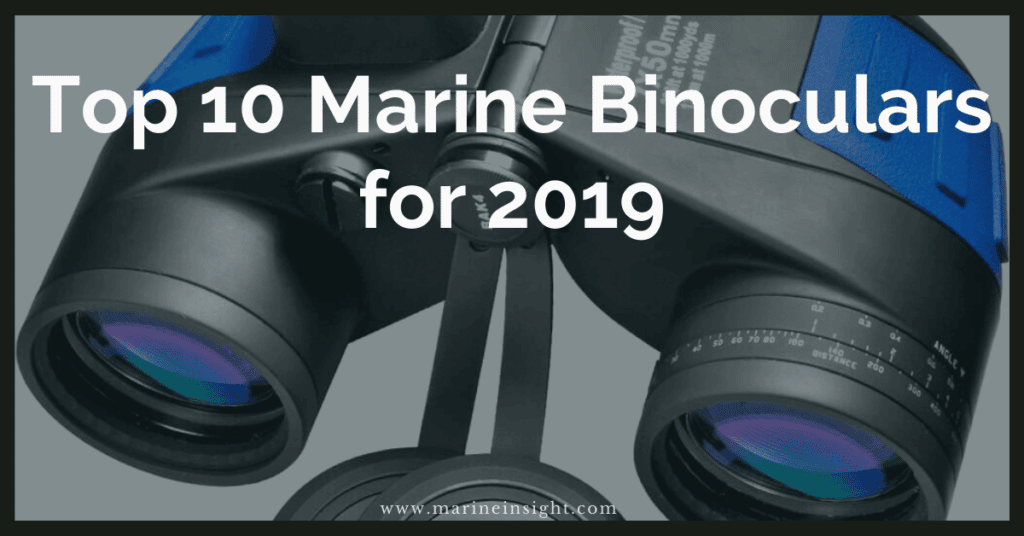


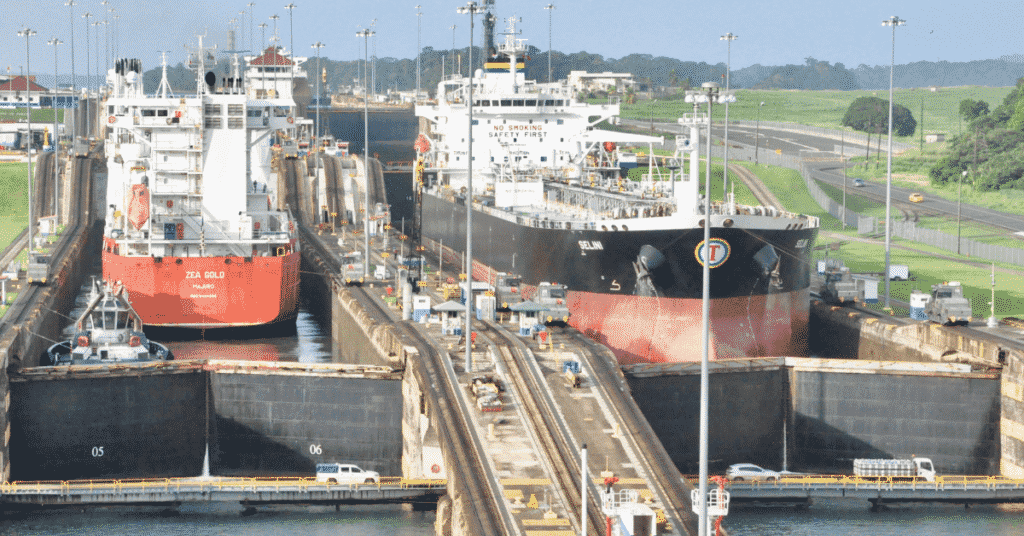
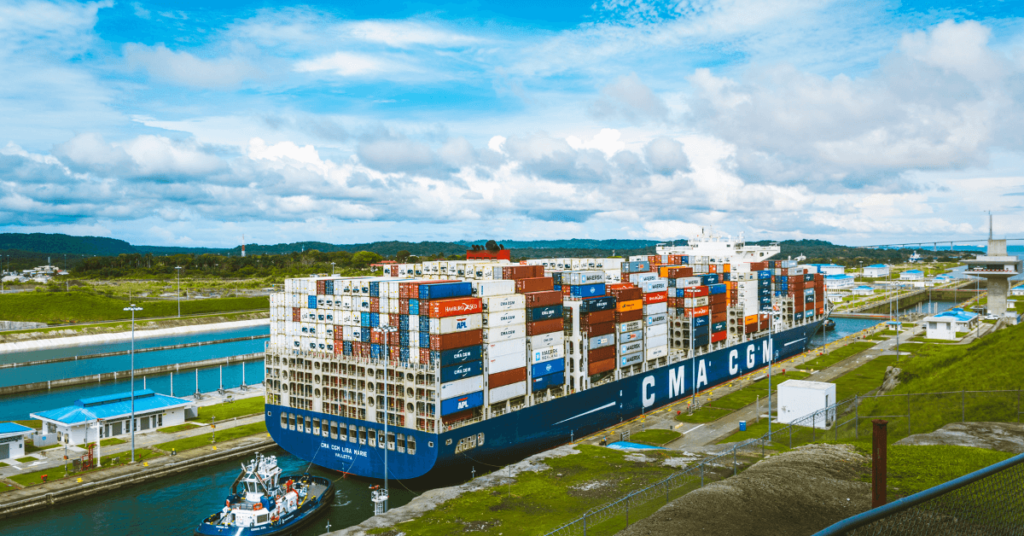

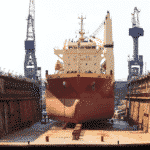


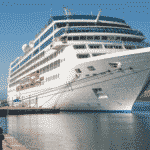


i guess crude oil washing is mentioned in regulation 33 of annex 1 MARPOL 73/78
thanks for all thise informations and i like to know more about cow system
please provide cow system diagram with discription
Safety required in cow operation and cow system
Alarm system related to cow .
The requirement for installation of crude oil washing systems is provided in MARPOL Annex I, Reg 33, Part 1. The facts are correct but your article refers to Reg 13, which is incorrect.
In what level or the sounding of the cargo tank in order to start bottom crude oil washing?
We require you to inform us about the online courses for the deck officers for the (COW) Crude Oil Washing.
In case of I need to do COW, water washing and gas freeing for man entry.
Which step I should do the “purging by inert gas”?
I mean before or after water washing process?
The final one will be gas freeing.
Thanking in advance